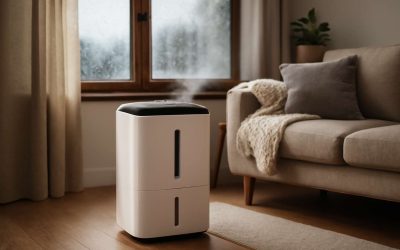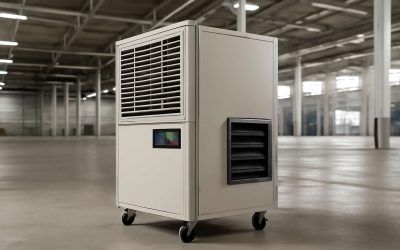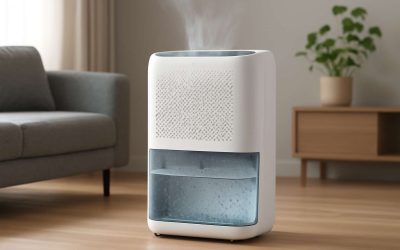
The quality of the air we breathe affects our health, well-being and longevity. Air pollution is caused by a variety of sources, including fossil fuels burned for power, motor vehicle exhaust, chemical emissions from industry, and burning vegetation. Geographic features and weather conditions can concentrate or disperse pollutants, but the largest contributor to the air quality is human activity.
Air pollution is measured in units called particulate matter (PM). The PM most closely links to health impacts, especially for people with preexisting respiratory or cardiovascular problems.
The EPA’s Air Quality Index (AQI) is based on the density of ground-level ozone, PM, carbon monoxide, and sulfur dioxide in a particular area. The AQI is color coded: green indicates good air, yellow means moderate, and red indicates unhealthy or dangerous levels of air pollution. There are over 1,000 air quality monitors across the country.
Human activities are the main source of air pollutants, including fossil fuel combustion, automobile traffic, industrial production and building operations, and residential wood burning. These activities also release greenhouse gases, which contribute to climate change. The EPA has a set of programs designed to reduce these pollutants and their precursors through improved technology, fuel efficiency, reduced air use, and lower emission rates from stationary and mobile sources.
Air quality trends show that the country’s air quality has improved significantly since 1980. This progress is attributed to a combination of factors, such as technological advances, lower emission rates from vehicles and factories, increased fuel efficiency, reduced coal consumption, and changes in human behavior.
However, the health effects of air pollution continue to be disproportionately felt by low-income communities and communities of color. Highways and polluting plants are often sited in or near these communities, and the residents of these neighborhoods are more exposed to soot and other forms of air pollution than others. This type of exposure can lead to poorer health outcomes, such as asthma, heart disease and premature death.
A specialized form of PM called fine particulate matter (PM2.5) is the major driver of these adverse health impacts. These particles are 30 times thinner than a human hair, and when inhaled, can penetrate deeply into lung tissue where they can cause damage. Fine PM2.5 has been linked to lung cancer, cardiovascular disease, and respiratory illness.
Another important indicator of indoor air quality is the level of CO2. This gas is produced by the breakdown of organic compounds, such as urea and formaldehyde, in a space. These chemicals are released when products like paints, cleaning supplies, pesticides, and some furnishings are used or discarded. The CO2 levels in a room indicate how well ventilated the space is.
Aside from ensuring that buildings are properly ventilated, reducing indoor sources of pollutants is key to improving overall air quality. This can be done by using nontoxic alternatives to conventional cleaning products and avoiding indoor smoking. By taking these simple steps, everyone can contribute to cleaner and healthier air for all.



0 Comments